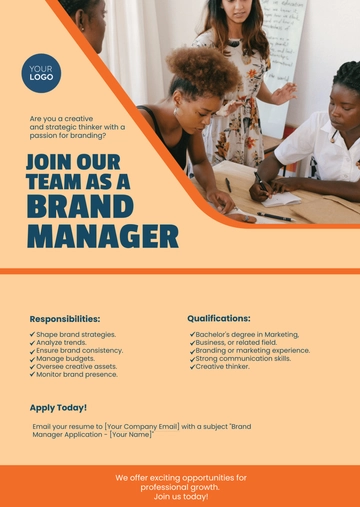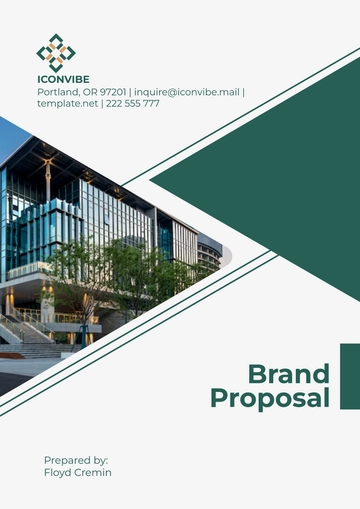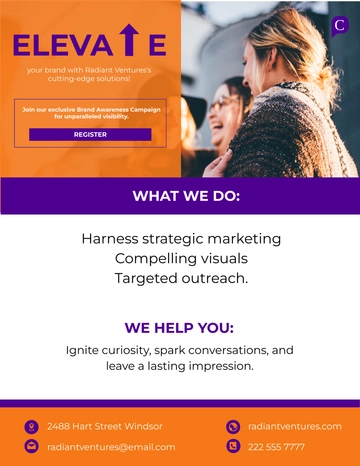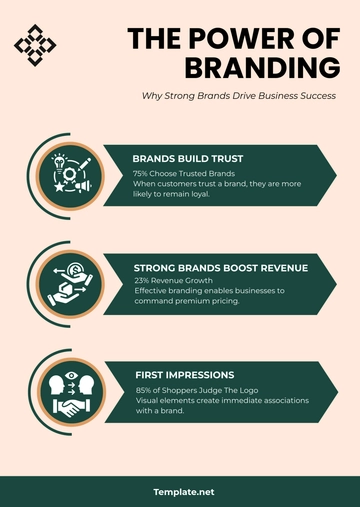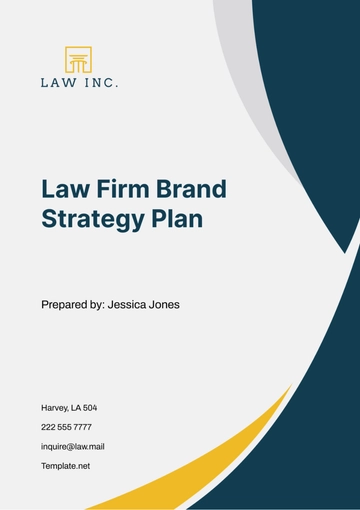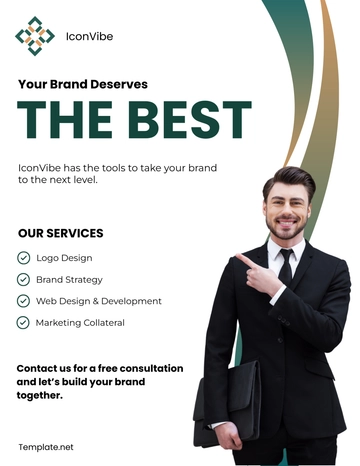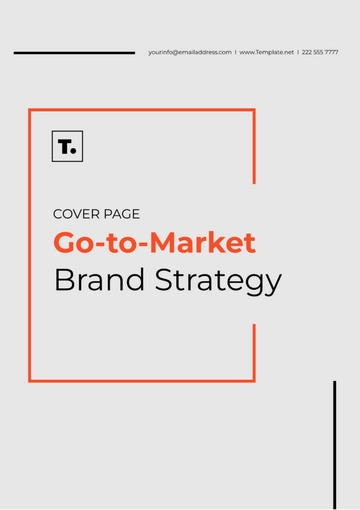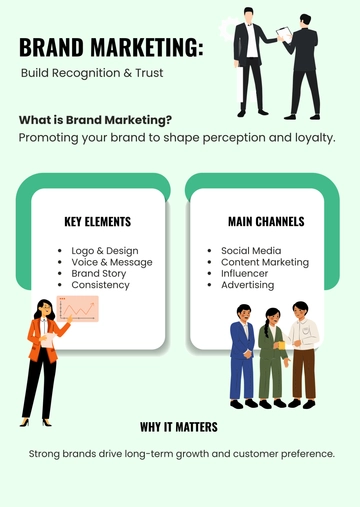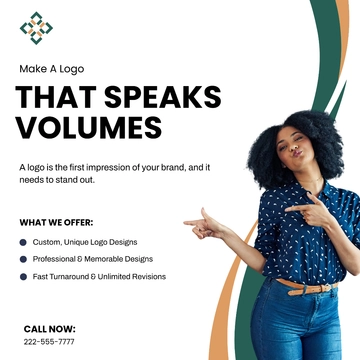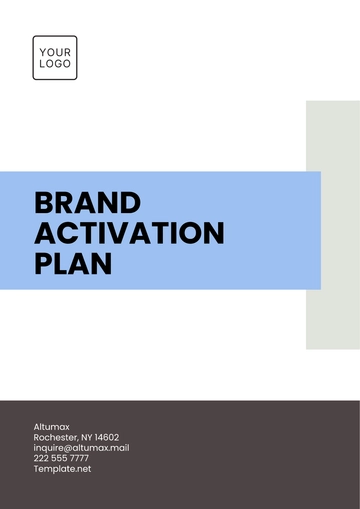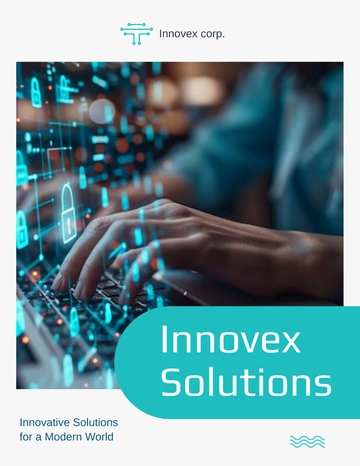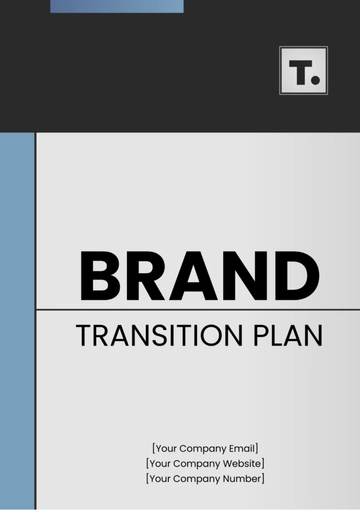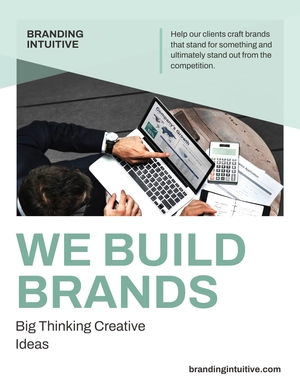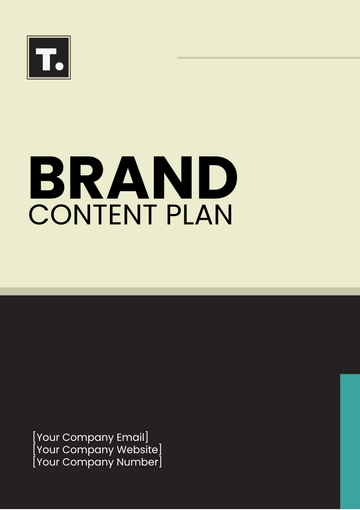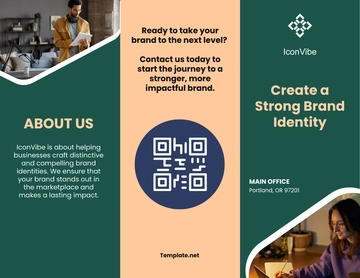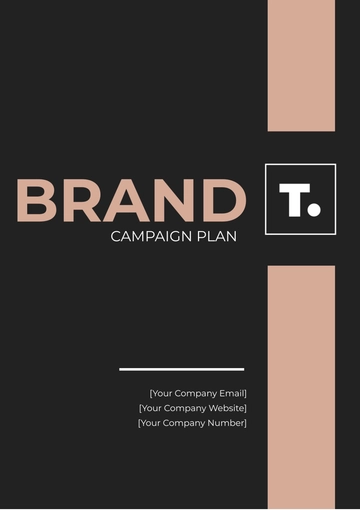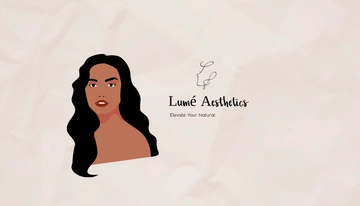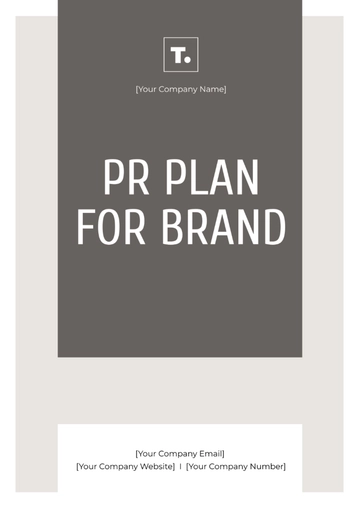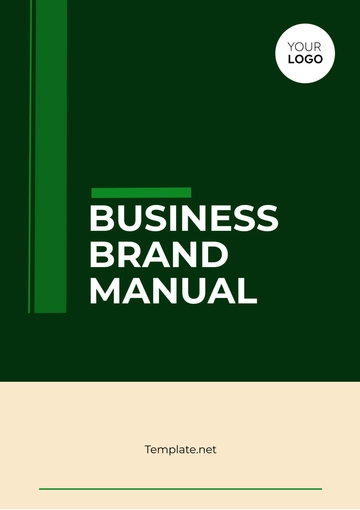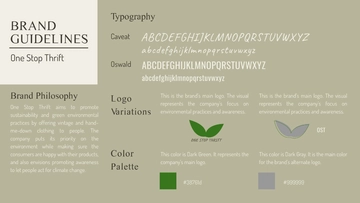Free Travel Agency Brand Strategy
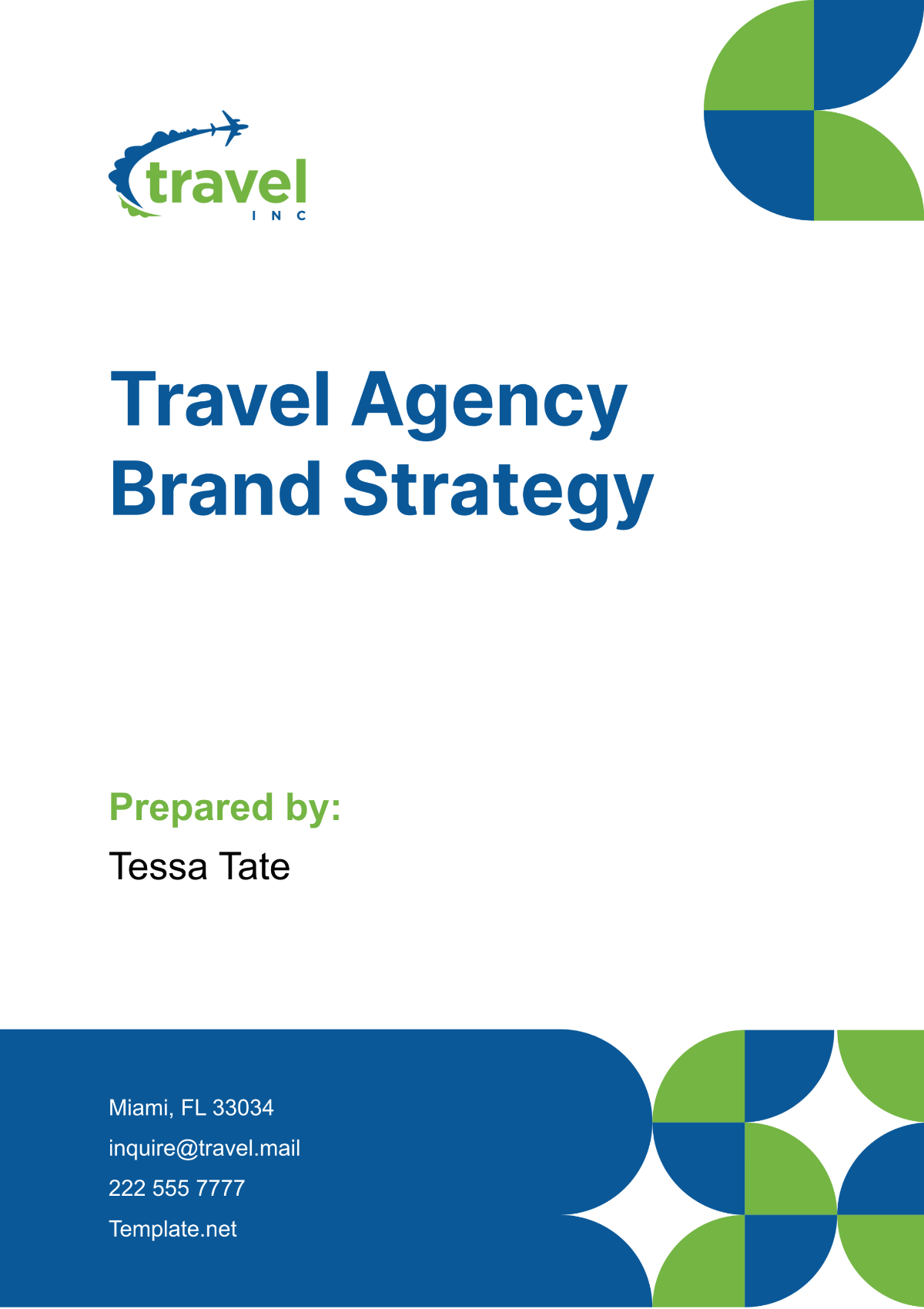
I. Executive Summary
A. Introduction
[Your Company Name] is a renowned travel agency committed to providing discerning travelers with unparalleled experiences that transcend ordinary tourism. With a rich legacy of crafting bespoke journeys and a passion for exploration, we have become synonymous with excellence in the travel industry. This brand strategy serves as a roadmap for elevating our brand presence, strengthening customer relationships, and driving sustainable growth in an ever-evolving market.
B. Objectives
Establish [Your Company Name] as the undisputed leader in luxury and experiential travel, renowned for our commitment to personalized service and attention to detail.
Increase brand visibility and resonance among affluent travelers, adventure seekers, and cultural enthusiasts through targeted marketing initiatives and strategic partnerships.
Cultivate lasting connections with our customers by delivering extraordinary travel experiences that exceed expectations and create lifelong memories.
Drive revenue growth and profitability by expanding our market reach, optimizing operational efficiency, and maximizing customer lifetime value through innovative offerings and exceptional service.
C. Key Strategies
Define a compelling brand identity that captures the essence of exploration, discovery, and adventure, reflecting our core values of authenticity, expertise, and passion.
Harness the power of digital marketing and social media to engage with our audience, inspire travel aspirations, and foster meaningful interactions that resonate with our brand ethos.
Innovate and enhance our product offerings to cater to evolving traveler preferences, leveraging technology and data-driven insights to deliver personalized and seamless experiences.
Forge strategic alliances and collaborations with leading travel suppliers, luxury brands, and destination partners to expand our portfolio, access exclusive offerings, and create added value for our customers.
II. Brand Analysis
A. Market Overview
The global travel industry is undergoing profound shifts driven by changing consumer behaviors, technological advancements, and socio-economic trends. Key observations include:
Market Trends | Implications for [Your Company Name] |
|---|---|
Rise of Experiential Travel | Opportunity to curate unique, immersive experiences that resonate with discerning travelers seeking authenticity and enrichment. |
Growth of Sustainable Tourism | Imperative to embrace sustainable practices and responsible tourism initiatives to meet the growing demand for eco-conscious travel options. |
Shift towards Digital Booking | Necessity to optimize digital channels and platforms to enhance customer engagement, streamline booking processes, and deliver personalized experiences. |
Emergence of Niche Travel Segments | Potential to target specialized market segments such as adventure travel, wellness tourism, culinary experiences, and cultural immersion, catering to diverse traveler interests and preferences. |
B. Brand Assessment
Strengths:
Established reputation for excellence, reliability, and personalized service.
Extensive network of destination experts, industry connections, and supplier relationships.
Strong brand loyalty and advocacy among our discerning clientele.
Commitment to continuous improvement, innovation, and exceeding customer expectations.
Weaknesses:
Limited digital presence and online visibility compared to competitors.
Challenges in differentiating our brand in a crowded marketplace.
Potential gaps in the consistency of brand messaging and customer experience across various touchpoints.
Dependence on traditional marketing channels and word-of-mouth referrals for customer acquisition.
Opportunities:
Growing demand for unique, off-the-beaten-path experiences and luxury travel offerings.
Expansion into emerging markets, including experiential and adventure tourism segments.
Leveraging technology and data analytics to enhance personalization, customization, and customer engagement.
Collaborating with destination partners, luxury brands, and influencers to amplify brand reach and attract affluent travelers.
Threats:
Intense competition from online travel agencies (OTAs), direct booking platforms, and emerging players disrupting the traditional travel landscape.
Economic volatility, geopolitical uncertainties, and natural disasters impacting travel demand and consumer confidence.
Regulatory changes, safety concerns, and public health crises affecting travel operations and customer perceptions.
Rapid technological advancements and changing consumer preferences requiring constant adaptation and innovation to stay relevant.
III. Brand Strategy
A. Brand Positioning
Define [Your Company Name] as the ultimate curator of extraordinary travel experiences, catering to discerning travelers seeking authenticity, adventure, and immersion.
Emphasize our commitment to personalized service, expert guidance, and attention to detail, positioning [Your Company Name] as the go-to choice for luxury and experiential travel.
Highlight our unique selling propositions, including exclusive access to hidden gems, insider knowledge, and curated itineraries tailored to individual preferences and interests.
B. Brand Identity
Logo and Visual Identity:
Refresh the brand logo to reflect our commitment to exploration, discovery, and luxury.
Incorporate visual elements inspired by iconic landmarks, cultural motifs, and natural landscapes from around the world.
Ensure consistency in branding across all touchpoints, including digital platforms, print materials, and physical assets.
Brand Voice and Messaging:
Develop a distinct brand voice that strikes the right balance between sophistication and approachability.
Craft messaging that evokes emotion, ignites wanderlust, and conveys our expertise, passion, and dedication to creating unforgettable experiences.
Tailor communication styles to resonate with different audience segments while maintaining brand authenticity and integrity.
Brand Personality:
Infuse the brand with attributes such as sophistication, authenticity, innovation, and adventure.
Humanize the brand by showcasing the stories behind the experiences, the expertise of our travel advisors, and the personal connections forged with our customers.
Create a brand personality that resonates with our target audience and fosters a sense of trust, reliability, and aspiration.
C. Brand Communication
Integrated Marketing Campaigns:
Implement multi-channel marketing campaigns across digital, social media, print, and experiential platforms to reach and engage target audiences.
Tailor messaging and creative assets to align with campaign objectives, audience preferences, and market trends.
Leverage storytelling, user-generated content, and influencer partnerships to amplify brand reach and drive engagement.
Content Strategy:
Develop a content strategy that educates, entertains, and inspires travelers, positioning [Your Company Name] as a trusted resource and thought leader.
Create high-quality content across various formats, including blog posts, articles, videos, and interactive experiences, showcasing destination highlights, travel tips, and insider insights.
Optimize content for search engines and social media platforms to enhance discoverability and shareability, driving organic traffic and engagement.
Community Engagement:
Foster a sense of community among travelers through social media initiatives, user-generated content, and exclusive events.
Encourage customer feedback, reviews, and testimonials to build trust and credibility, while also addressing concerns and improving service quality.
Cultivate brand advocates and ambassadors who share our passion for travel and actively promote [Your Company Name] within their networks.
IV. Implementation Plan
A. Timeline
Q1: Brand identity refresh, including logo redesign and visual branding updates.
Q2: Development of integrated marketing campaigns, content strategy, and social media initiatives.
Q3: Launch of partnership programs, influencer collaborations, and community engagement initiatives.
Q4: Ongoing monitoring and optimization of brand performance, customer feedback analysis, and strategic planning for the upcoming year.
B. Budget Allocation
Category | Budget Allocation |
|---|---|
Marketing and Advertising | [$500,000] |
Brand Development | [$150,000] |
Technology Investments | [$300,000] |
Partnerships and Collaborations | [$250,000] |
C. Key Performance Indicators (KPIs)
Brand Awareness:
Increase in brand mentions, social media followership, and website traffic.
Growth in brand recognition and recall among target demographics.
Customer Engagement:
Increase in customer interactions, email open rates, and social media engagement metrics.
Improvement in customer satisfaction scores and Net Promoter Score (NPS).
Revenue Growth:
Incremental sales attributed to brand initiatives, conversion rates, and average transaction value.
Expansion of customer base and repeat business from loyal customers.
V. Monitoring and Evaluation
A. Regular Performance Reviews
Monthly and quarterly reviews of key performance indicators (KPIs) to assess progress against objectives and identify areas for improvement.
Analyze metrics such as brand awareness, customer engagement, and revenue growth to track the effectiveness of brand initiatives.
Evaluate the performance of marketing campaigns, content strategies, and community engagement efforts to optimize future activities.
Conduct qualitative assessments of customer feedback, sentiment analysis, and brand perception to gauge overall brand health.
Ongoing monitoring of market trends, competitor activities, and industry developments to stay agile and responsive to changes in the external environment.
Keep abreast of emerging travel trends, technological innovations, and shifts in consumer preferences to capitalize on new opportunities.
Benchmark [Your Company Name]'s performance against industry standards and best practices to ensure continuous improvement and innovation.
Stay informed about regulatory changes, geopolitical risks, and economic factors that may impact the travel industry and adjust strategies accordingly.
B. Stakeholder Feedback
Solicit feedback from internal stakeholders, including employees, management teams, and frontline staff, to gain insights into operational effectiveness, brand alignment, and employee engagement.
Conduct regular employee surveys, focus groups, and one-on-one meetings to gather feedback on brand culture, communication, and leadership.
Encourage open communication channels and transparency to foster a culture of collaboration, innovation, and continuous learning within the organization.
Engage with external stakeholders, including customers, partners, suppliers, and industry experts, to gather feedback on brand perception, customer experiences, and market dynamics.
Implement customer feedback mechanisms such as surveys, reviews, and testimonials to capture insights into customer preferences, satisfaction levels, and pain points.
Foster strategic partnerships and alliances with destination management companies, hotels, airlines, and tour operators to co-create value, share best practices, and enhance service offerings.
C. Continuous Improvement
Iterate and refine brand strategy based on insights gathered from monitoring and evaluation efforts to ensure alignment with evolving business objectives and market dynamics.
Continuously optimize marketing campaigns, content strategies, and customer engagement initiatives based on performance data and feedback loops.
Test and experiment with new approaches, channels, and messaging to stay ahead of competitors and resonate with target audiences.
Foster a culture of innovation, creativity, and adaptability within the organization to encourage experimentation and risk-taking.
Stay agile and adaptive to changing market conditions, technological advancements, and consumer behaviors by embracing a mindset of continuous learning and improvement.
Invest in employee training and development programs to enhance skills, knowledge, and capabilities relevant to brand strategy execution and customer engagement.
Encourage cross-functional collaboration, knowledge sharing, and idea generation to leverage diverse perspectives and expertise across the organization.
Establish mechanisms for rapid decision-making, course correction, and resource reallocation to seize emerging opportunities and address unforeseen challenges.
VI. Conclusion
[Your Company Name] is committed to executing this comprehensive brand strategy with diligence, creativity, and a customer-centric mindset. By focusing on brand positioning, identity, communication, and continuous improvement, we aim to strengthen our competitive advantage, deepen customer relationships, and drive sustainable growth in the dynamic and ever-evolving travel industry. Through regular monitoring, stakeholder feedback, and continuous improvement efforts, we will ensure that our brand remains relevant, resilient, and responsive to the needs and aspirations of our discerning travelers.
- 100% Customizable, free editor
- Access 1 Million+ Templates, photo’s & graphics
- Download or share as a template
- Click and replace photos, graphics, text, backgrounds
- Resize, crop, AI write & more
- Access advanced editor
Craft a compelling brand strategy for your travel agency with Template.net's Travel Agency Brand Strategy Template. This customizable document provides a structured framework for defining your agency's brand identity, values, messaging, and visual elements. Crafted with clarity and effectiveness, it helps differentiate your agency in the competitive travel market and resonate with your target audience. Editable in our Ai Editor Tool for seamless customization and integration into your branding efforts.
